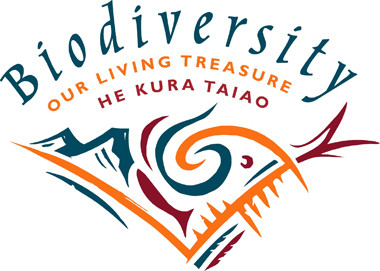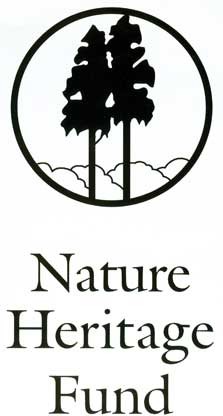There are many sources of funding available to people involved in plant conservation. Please tell us if you know of other funding sources that we have not included here ([Enable JavaScript to view protected content]).
Biodiversity New Zealand Resources (DOC)
 This page replaces the Biodiversity Information Online website and has links to a number of funding resources. Download more information here.
This page replaces the Biodiversity Information Online website and has links to a number of funding resources. Download more information here.
Nature Heritage Fund
 The Nature Heritage Fund is a contestable Ministerial fund that was established in 1990 to help achieve the objectives of the Indigenous Forest Policy. In 1998 the scope of the fund was widened to include non-forest ecosystems.
The Nature Heritage Fund is a contestable Ministerial fund that was established in 1990 to help achieve the objectives of the Indigenous Forest Policy. In 1998 the scope of the fund was widened to include non-forest ecosystems.
The purpose of the fund is to protect indigenous ecosystems that represent the full range of natural diversity originally present in the New Zealand landscape by providing incentives for voluntary conservation. Download more information.
Lottery Environment and Heritage Fund - Department of Internal Affairs
Lottery Environment and Heritage funds clearly specified one off projects which seek to promote, protect and conserve New Zealand’s indigenous flora and fauna. Priority is given to projects which involve: conservation of indigenous flora and fauna, identification and conservation of critical habitats and ecosystems, conservation of rare, endangered or threatened species in their natural habitat and enhancement of public education and awareness of issues affecting indigenous flora and fauna. Download more information.
Ministry for the Environment
Find funding information here or obtain more information at [Enable JavaScript to view protected content]
Ministry for Primary Industries
Find funding information here or obtain more information at [Enable JavaScript to view protected content].
Foundation North (formerly ASB Community Trust)
To help organisations carrying on charitiable, cultural, philanthropic and recreational work which is of benefit to the people of Northland and Auckland. Download formsand send to: The Manager, Foundation North, PO Box 68-048, Victoria St West, AUCKLAND 1142
Auckland City Council - Natural Area Conservation Grant
To provide grants for conservation projects on private land in the Hauraki Gulf. Download forms and send to: The Heritage Fund Auckland City Council Private Bag 92516 Wellesley St Auckland 1
Environment Canterbury Biodiversity Fund
The Environment Canterbury Biodiversity Fund has approximately $400,000 per year to support on the ground actions to protect and restore the region’s biodiversity. You can learn more about this fund here.
Additional Funding Sources (DOC)
For information about additional funding sources download details here.
